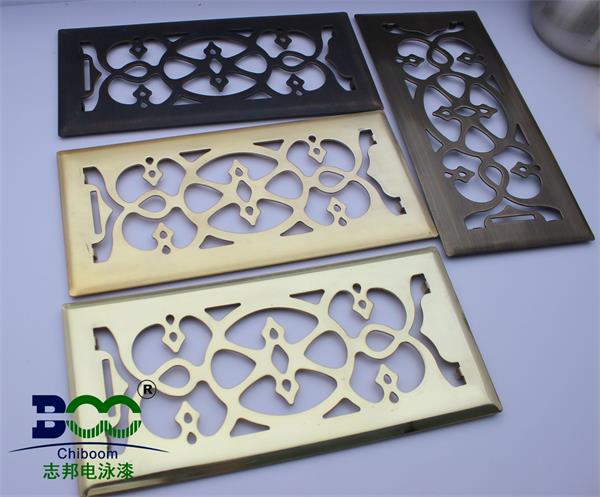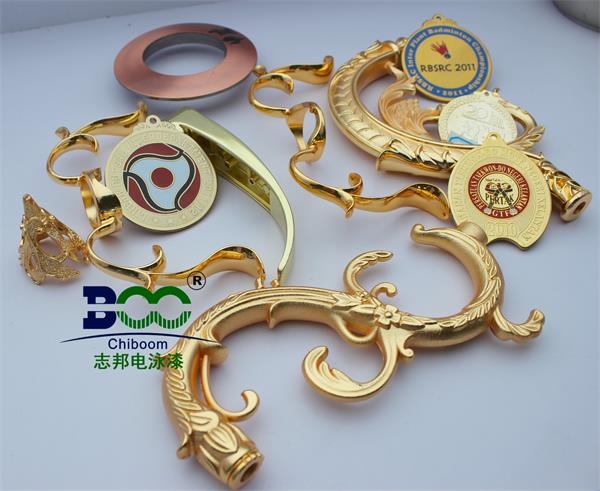What Causes Pinholes in Electrophoretic Paint Films?
Electrophoretic coating, known for its efficiency and environmental friendliness, is widely used in industries like automotive and appliances. It forms uniform, dense, and corrosion-resistant paint films. However, the occasional appearance of tiny holes on the film surface—pinholes—presents a persistent problem. Pinholes not only affect the appearance but more importantly, they disrupt the film’s continuity, creating potential sites for corrosion, which significantly compromises the product’s protective performance. So, how exactly are pinholes in electrophoretic paint films formed?
Firstly, inadequate pre-treatment is a common cause. Before electrophoresis, workpieces must undergo processes like degreasing, rinsing, surface adjustment, and phosphating to remove oils, dirt, rust, and form a uniform base layer. If pre-treatment is incomplete, residual oil, soaps, rust spots, or impurities from the pre-treatment baths can hinder the uniform adhesion of the paint film, becoming starting points for pinholes.

Secondly, impurities in the electrophoresis bath cannot be ignored. During production, foreign particles like dust, fibers, or particles of different coatings can fall into the bath. These attach to the workpiece surface, obstructing normal paint deposition at those points, leaving pores. Therefore, maintaining bath cleanliness is crucial.
Furthermore, anomalies in the bath’s process parameters themselves are a key factor. The bath’s temperature, pH, and conductivity all require precise control. Excessively high temperatures accelerate bubble formation and solvent evaporation. If these gases cannot escape promptly, they may become entrapped in the wet paint film and form pinholes upon drying. Abnormal pH or conductivity can affect the charge state of paint particles and the efficiency of electro-deposition, leading to uneven film formation.
Additionally, the voltage and time settings during the electrophoresis process also have a significant impact. Excessive voltage or prolonged time can cause an excessive and rapid generation of bubbles (mainly hydrogen) in the bath, which cannot escape in time and get “frozen” within the paint film, forming pinholes. Conversely, too low voltage or too short a time might result in overly thin paint films, making underlying defects more likely to appear.
Finally, workpiece design and fixture issues can also lead to pinholes. Complex structures, deep holes, or sharp edges on workpieces can create areas of high local electric field strength, causing bubbles to concentrate and be difficult to escape. Unreasonable fixture design leaving scratches or residues can also serve as starting points for pinholes.
In summary, the formation of pinholes in electrophoretic paint films is often the result of multiple factors overlapping. To solve this problem, a systematic investigation is needed: strictly controlling pre-treatment quality, enhancing daily bath management, precisely controlling electrophoresis process parameters, and optimizing workpiece design and fixtures. Only through comprehensive analysis and targeted measures can pinhole defects be effectively reduced or eliminated, ensuring the high quality of electrophoretic coatings.




 WeChat
WeChat